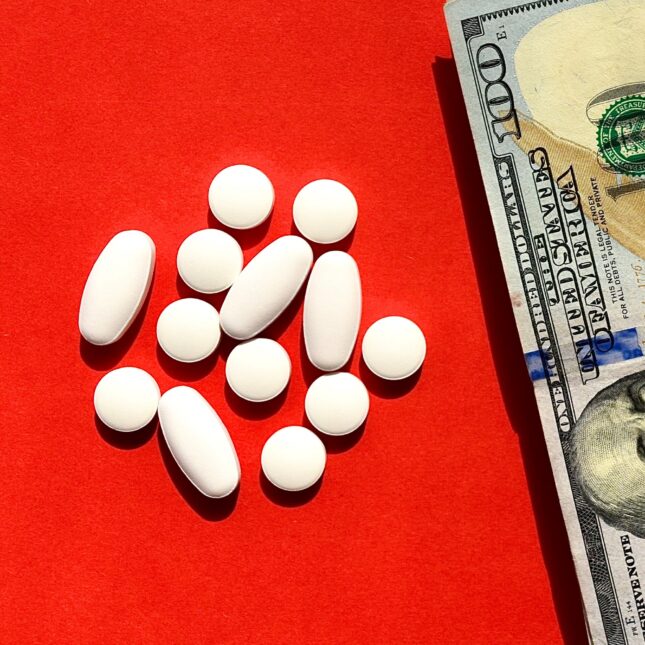
Most of the formularies run by some of the largest health plans in the U.S. generally provide “fair access” to 11 treatments for several serious diseases, although transparent coverage information is often lacking for some medicines, a new analysis has found.
Almost uniformly, the 11 formularies made the drugs available fairly when judged on three criteria: eligibility based on clinical data, restrictions placed on prescribers, and step therapy, which requires patients to try other medicines before insurers approve a prescription. The formularies are run by health plans, pharmacy benefit managers, and the U.S. Department of Veterans Affairs.
But only 81% of the formularies scored well on a fourth criterion: cost-sharing, which is the portion of expenses paid by insured individuals. Although there is a caveat: This particular metric was based on a subset of just three drugs that were deemed to be fairly priced based on a cost-effectiveness assessment — the Mounjaro type 2 diabetes treatment, and the Wegovy and Qsymia obesity drugs.

This article is exclusive to STAT+ subscribers
Unlock this article — plus in-depth analysis, newsletters, premium events, and news alerts.
Already have an account? Log in




